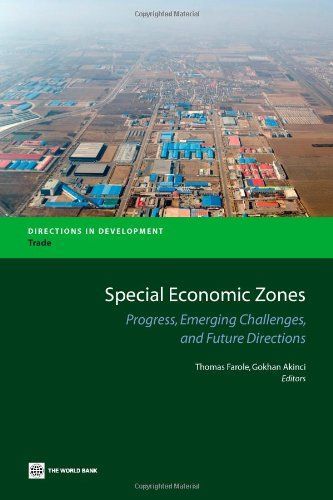
Special Economic Zones Progress, Emerging Challenges, and Future Directions
For countries as diverse as China and Mauritius, Special Economic Zones (SEZs) have been a powerful tool to attract foreign investment, promote export-oriented growth, and generate employment; for many others, the results have been less than encouraging. While the benefits and limitations of zones will no doubt continue to be debated, what is clear is that policymakers are increasingly attracted to them as an instrument of trade, investment, industrial, and spatial policy. Since the mid 1980s, the number of newly-established zones has grown rapidly in almost all regions, with dramatic growth in developing countries. In parallel with this growth and in the evolving context of global trade and investment, zones are also undergoing significant change in both their form and function, with traditional export processing zones (EPZs) increasingly giving way to larger and more flexible SEZ models. This new context will bring significant opportunities for developing countries to take advantage of SEZs, but will also raise new challenges to their successful design and implementation. This volume aims to contribute to a better understanding of the role and practice of SEZs in developing countries, in order to better equip policymakers in making effective decisions in planning and implementing SEZ programs. It covers some of the emerging issues and challenges in SEZs including upgrading, regional integration, WTO compliance, innovation, the environment, and gender issues with practical case examples from SEZ programs in developing countries.